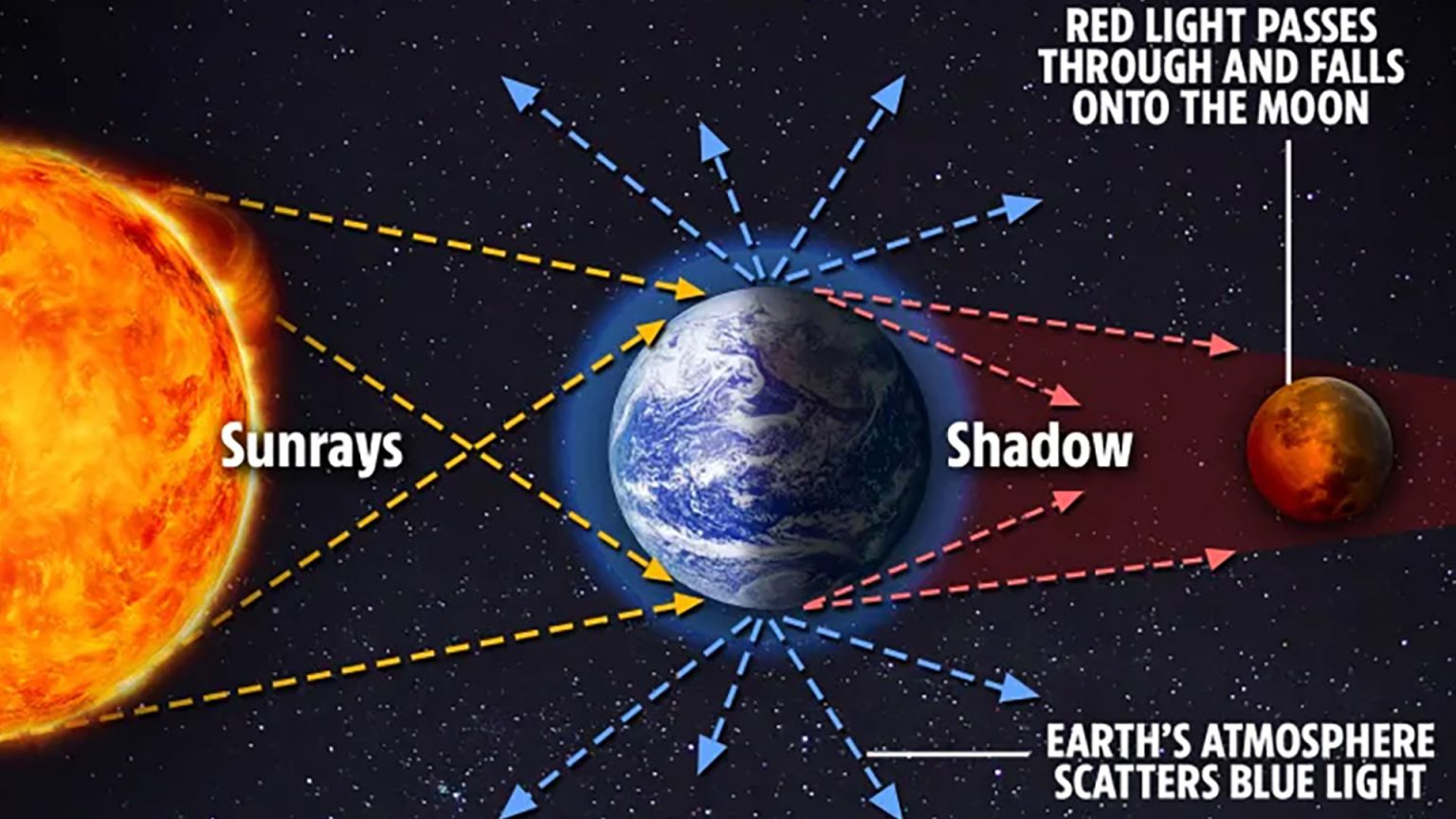A Lunar Eclipse: Witnessing the Blood Moon Phenomenon
Introduction: The Blood Moon Spectacle
Imagine a night where the Moon transforms into a deep crimson hue, captivating millions across the globe. Known as the Blood Moon, this rare lunar eclipse is set to awe stargazers. Occurring soon, the event is a total lunar eclipse where the Moon hides in Earth’s shadow, refracting sunlight into stunning red tones. This phenomenon is not only a visual treat but also a reminder of the Earth, Moon, and Sun’s perfect alignment.
Why the Moon Turns Red
The Moon doesn’t emit its own light; it reflects the Sun’s rays. During a total eclipse, when Earth is between the Sun and Moon, the Moon is shrouded in our planet’s umbra, or shadow. The red appearance is due to light bending through Earth’s atmosphere, scattering shorter blue wavelengths and allowing longer red wavelengths to reach the Moon. This creates the Blood Moon’s striking appearance, sometimes revealing hints of orange and pink.
Eclipse visibility: Where to Catch the Event
North America and parts of South America will have prime views of the Blood Moon. UK and Western Europe can observe it during moonset, while parts of Western Africa and Oceania also enjoy visibility. The event is accessible from Earth’s night side, with viewing times varying by region: early morning for Americans and predawn for British viewers, though September 2023 promises a more convenient evening eclipse.
Understanding Lunar Eclipses
Lunar eclipses occur when Earth blocks sunlight from reaching the Moon. Three types exist: total, penumbral, and partial. Total eclipses fully dim the Moon with a red glow, while penumbral and partial eclipses only partially darken it. Each type offers a unique sky display, accessible without eye protection, unlike solar eclipses.
Viewing the Lunar Eclipse
Spotting the Blood Moon is straightforward. In the UK, find a high vantage point with a clear western view during early morning. Americans can observe it in their respective time zones from late evening to early morning. The event lasts about six hours, with totality midway. Miss it? Future eclipses are scheduled for September 2023 and August 2026.
Conclusion: A Cosmic Spectacle Remembered
The Blood Moon eclipse is a fleeting yet profound moment of cosmic alignment. Whether in North America, Europe, or elsewhere, it’s an opportunity for millions to connect with celestial beauty. Even if missed this time, the sky holds future spectacles for enthusiasts to marvel at the Moon’s ethereal dance with Earth and Sun.


